Imagine a world where there is absolute precision in predicting the behavior of customers, prevention of fraud before it even occurs and experiences become so seamlessly personalized that every interaction feels like a perfect fit. This isn’t just a dream of the future – Deep Learning and Neural networks are building this into our current reality with business analytics. By mimicking the very patterns of how our brains can learn and adapt, the cutting-edge technology is more than just running numbers – it’s uncovering patterns, smarter decision-making and changing entire industries.
With the advent of AI, there has been massive change in the field of Business Analytics. One of the most striking developments among others is that of Deep Learning. But what exactly is Deep Learning and how does it integrate into business analytics? This blog answers all your questions about its applications, benefits, and potential in shaping new industries.
What is Deep Learning?
Deep Learning is the subdivision of machine learning that works using artificial neural networks to represent a human brain’s working pattern. These neural networks have several layers in which interconnected nodes, or rather neurons, process and analyze large amounts of data. Unlike other traditional algorithms for machine learning, Deep Learning models excel in recognizing patterns, making predictions, and solving complex problems even without being explicitly programmed to perform certain tasks.
Deep Learning offers a power that is unmatched within business analytics, allowing the realization of deeper insights from data and decision-making processes.
Role of Neural Networks in Deep Learning
At the core of Deep Learning there exists a model called neural networks which is inspired from the structure and function of the human brain and is also regarded as a computational model. These models are designed to learn data, identify patterns, and adapt over time, thereby making them very effective in a broad variety of applications.
Key Components of Neural Networks:
Input Layer: The input layer receives the raw data.
Hidden Layers: The hidden layers perform computations to detect intricate patterns.
Output Layer: It is the output of the final result or prediction.
With several hidden layers, neural networks applications in business have grown to be used in solving challenges like customer segmentation, fraud detection, and predictive maintenance.
How Deep Learning Changes Business Analytics
Deep Learning has opened new avenues for businesses looking to compete in the world of data. This is how it changes the landscape:
Improved Data Processing
The traditional analytics techniques do not support unstructured data like images, videos, or text. The Deep Learning models can work through these types of data and allow access to previously unknown insights for businesses.
Better Decision-Making
It has been possible to forecast happenings of the future on the basis of past information trends through the application of Deep Learning models. Improvements have been allowed in demand forecasting in retail and stock price forecasting in finance, besides other areas, because of such capability.
Personalized Customer Experience
Deep Learning empowers hyper-personalization based on the analysis of customers’ behavior and choices. The best examples that depict Deep Learning in Business Analytics are AI-based recommendation engines from Netflix and Amazon.
Real-Time Analytics
Through real-time data processing, Deep Learning models allow businesses to react to changes in the market in a timely manner. This is particularly important in e-commerce and logistics.
Cost Optimization
AI in business effectively reduces operational costs while adapting them to increased productivity in the organizations. This is achieved through automating those endless activities, thus improving the efficiencies of different processes.
Real-World Applications of Neural Networks in Business
The versatility of neural networks makes them indispensable in modern business operations. Let’s explore some prominent neural networks applications in business:
Fraud Detection
Neural networks are used in finance to identify fraudulent transactions by analyzing large data sets for patterns and anomalies. They are constantly learning from the historical data and thus improving the capabilities of fraud detection.
Predictive Maintenance
In manufacturing and aviation, neural networks analyze sensor data to predict equipment failures. This proactive approach minimizes downtime and reduces maintenance costs.
Customer Segmentation
Businesses segment customers using neural networks by their behavior, demographics, or purchasing history. This makes for focused marketing and better customer retention.
Chatbots and Virtual Assistants
Deep Learning has powered AI chatbots to change customer service by giving real-time answers to questions. The same tool also improves the user experience as it learns from past experiences.
Sentiment Analysis
Brands use neural networks to scan for customer sentiment on social media, reviews, and surveys. This allows them to know how people feel about their products or services and modify their marketing approaches accordingly.
Deep Learning Benefits in Business Analytics
Implementing Deep Learning in business analytics is no longer an option but a necessity for any business looking to get ahead in competition. Here are some of the main benefits:
Scalability
Deep Learning models can process huge amounts of data, thus making them fit for companies that handle big data.
Precision
From complex datasets, Deep Learning can make very accurate predictions and even insights that decrease the error margin of a decision made.
Automation
Deep Learning automates processes that were previously required to be performed by man, such as data categorisation, image recognition, and natural language processing, among many others.
Personalization
With the ability to understand customer behavior, businesses can deliver experiences that drive loyalty and satisfaction.
Innovation
Deep Learning enables innovation in new products and services, such as autonomous vehicles, smart home devices, and advanced healthcare solutions.
Challenges in Implementing Deep Learning
There are challenges associated with adopting Deep Learning:
Data Requirements: Deep Learning models require huge amounts of quality data, which is often difficult to obtain.
Computational Power: Training Deep Learning models requires a lot of computational resources, including GPUs and TPUs.
Interpretability: Neural networks often work like “black boxes,” and it is difficult to understand how decisions are made.
Cost: Implementing Deep Learning solutions can be expensive, especially for small and medium-sized enterprises.
A strategic approach has to be taken, from the right infrastructure investment, developing the right talent, and an appropriate phased implementation.
Deep Learning and Business Future
Digital transformation continues to take hold within business enterprises. The role that Deep Learning will play in that success will only expand in the future. The trends for businesses in this area include:
Integrate with IoT: Deep Learning is going to enhance IoT because it will make smarter devices and real-time analytics possible.
Ethical AI: There will be a focus on developing ethical AI frameworks as data privacy and bias concerns grow.
Democratisation of AI: Tools and platforms that make Deep Learning easy to implement will make the technology accessible to smaller businesses.
Industry-Specific Applications: Sector-specific Deep Learning solutions will emerge for healthcare, education, and agriculture.
Conclusion
Undeniably, Deep Learning and neural networks hold transformative powers in their application to businesses. This ranges from improvements in processing data to the realization of more personalized customer experiences, altering the nature of how organizations consider analytics and decision-making. And for those Indian professionals wanting to join the analytics and AI bandwagon, this is the ideal time to upskill in it. While the challenges of implementation cannot be ignored, the benefits are far more worth it. The more organisations dive into understanding how Deep Learning changes business, the more their ability to innovate and generate efficiency in their respective fields will grow.
In a data-driven world, the adoption of AI in business is not just a recommendation but a compulsion. Being a professional seeking a boost for his or her career prospects or a business leader attempting to remain at the sharp end of the curve, knowing and exploiting deep learning capabilities opens doors toward unprecedented growth and success opportunities. By integrating Deep Learning in business analytics, companies can pave the way for smarter, faster, and more efficient operations. The possibilities are limitless as we continue to harness the potential of AI. Are you ready to be part of this transformation?

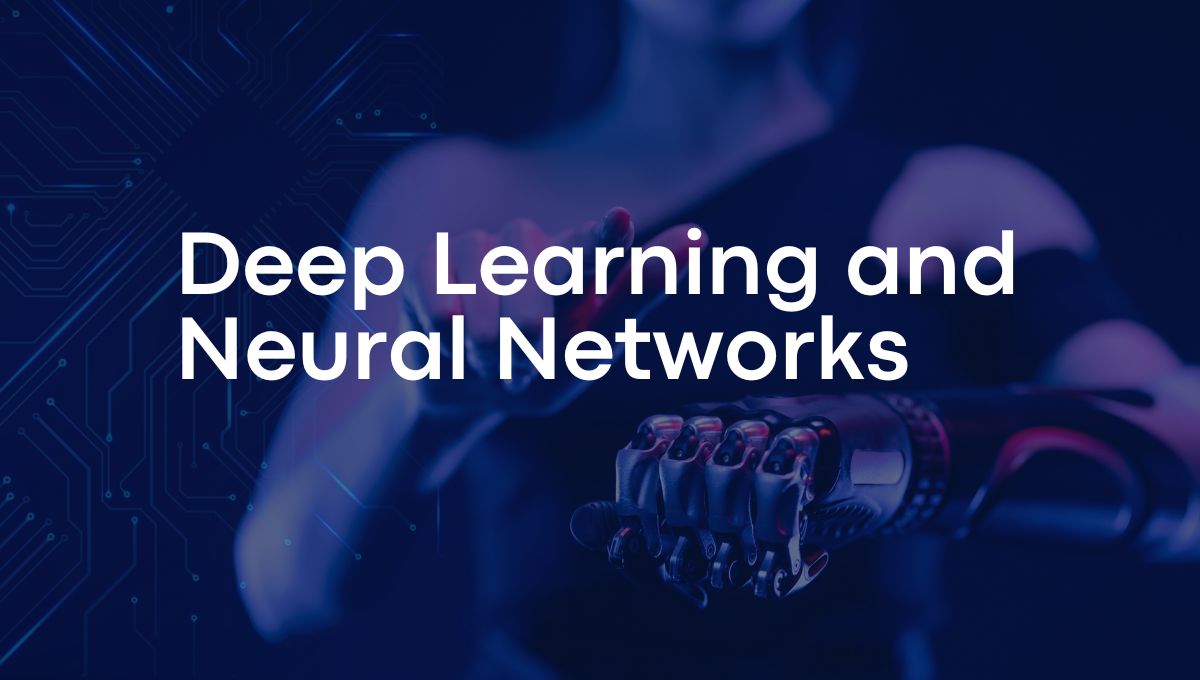


 While you’re learning from a
While you’re learning from a 



 You will get dual certification from two reputed sources if you opt for this course. Many individuals have built their
You will get dual certification from two reputed sources if you opt for this course. Many individuals have built their 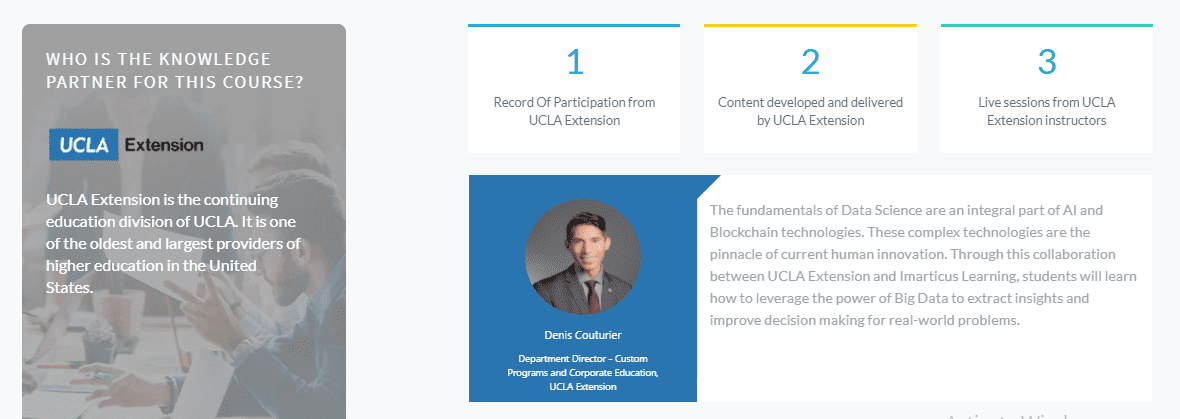 The pros of opting for this Imarticu’s
The pros of opting for this Imarticu’s 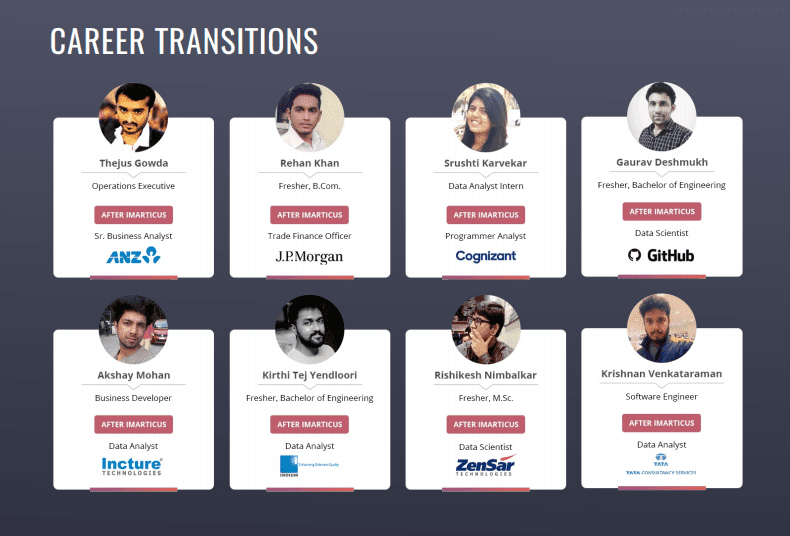

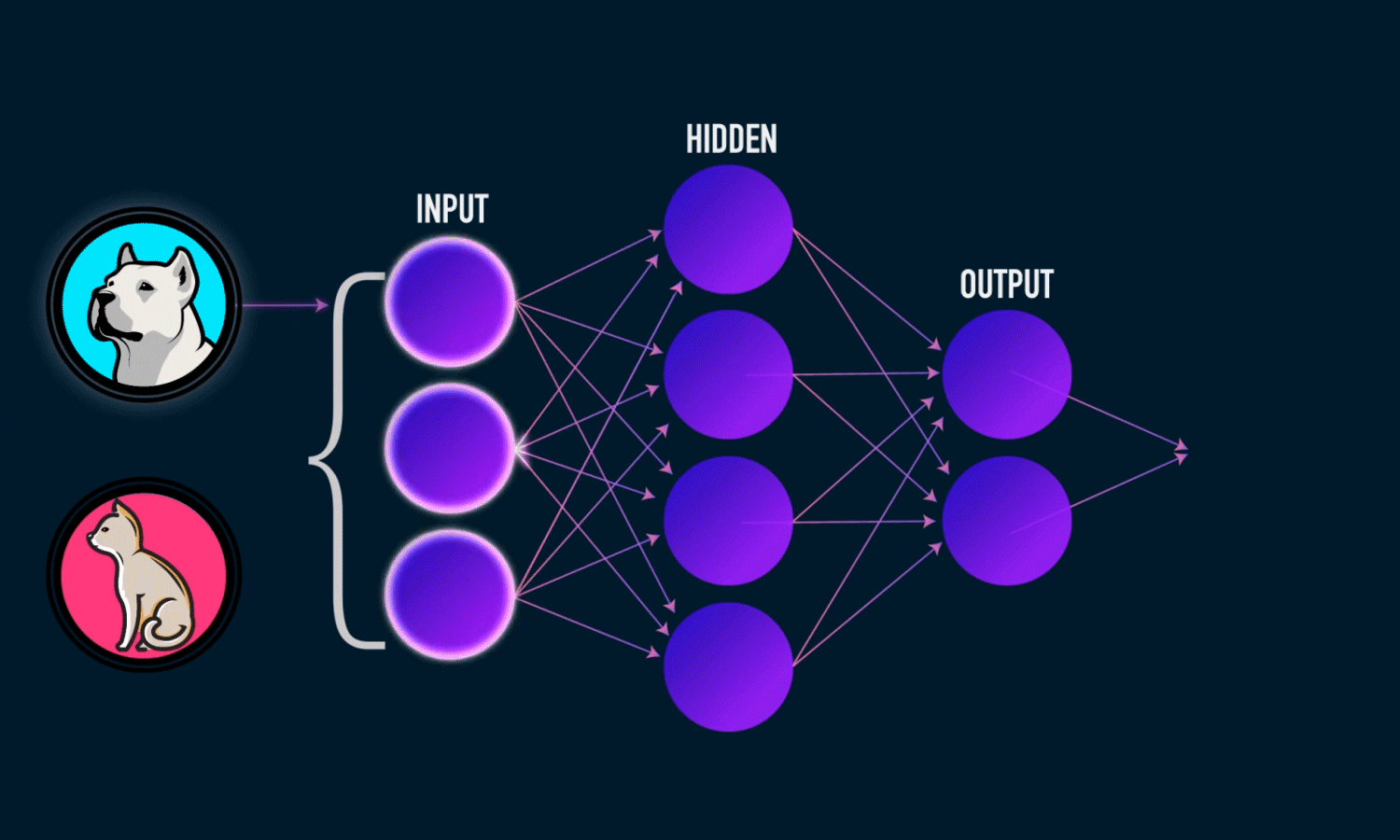

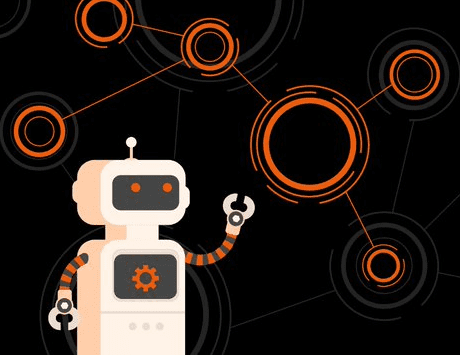


 Here are some real-world applications of text analytics and natural language processing:
Here are some real-world applications of text analytics and natural language processing: Social media analytics
Social media analytics